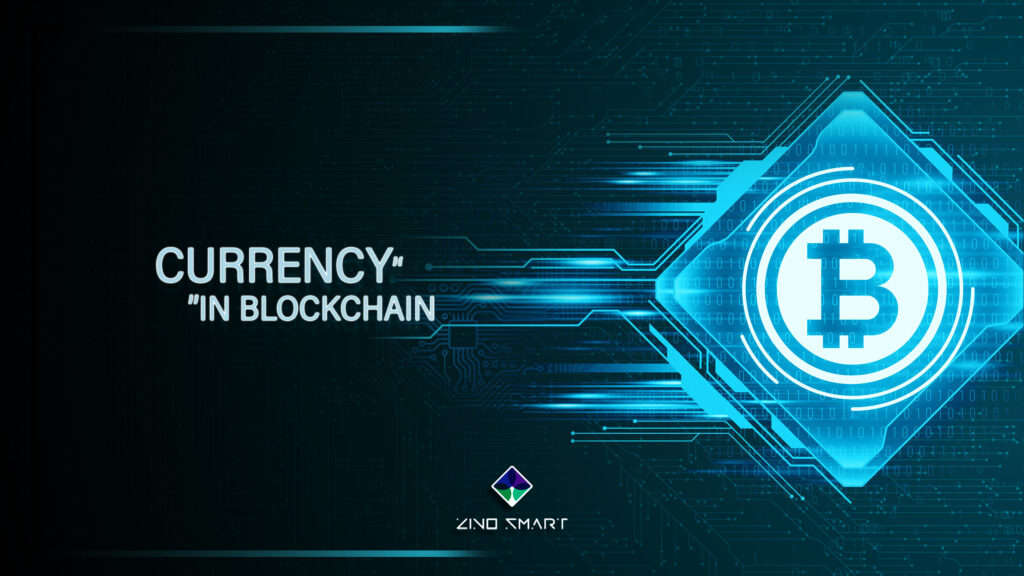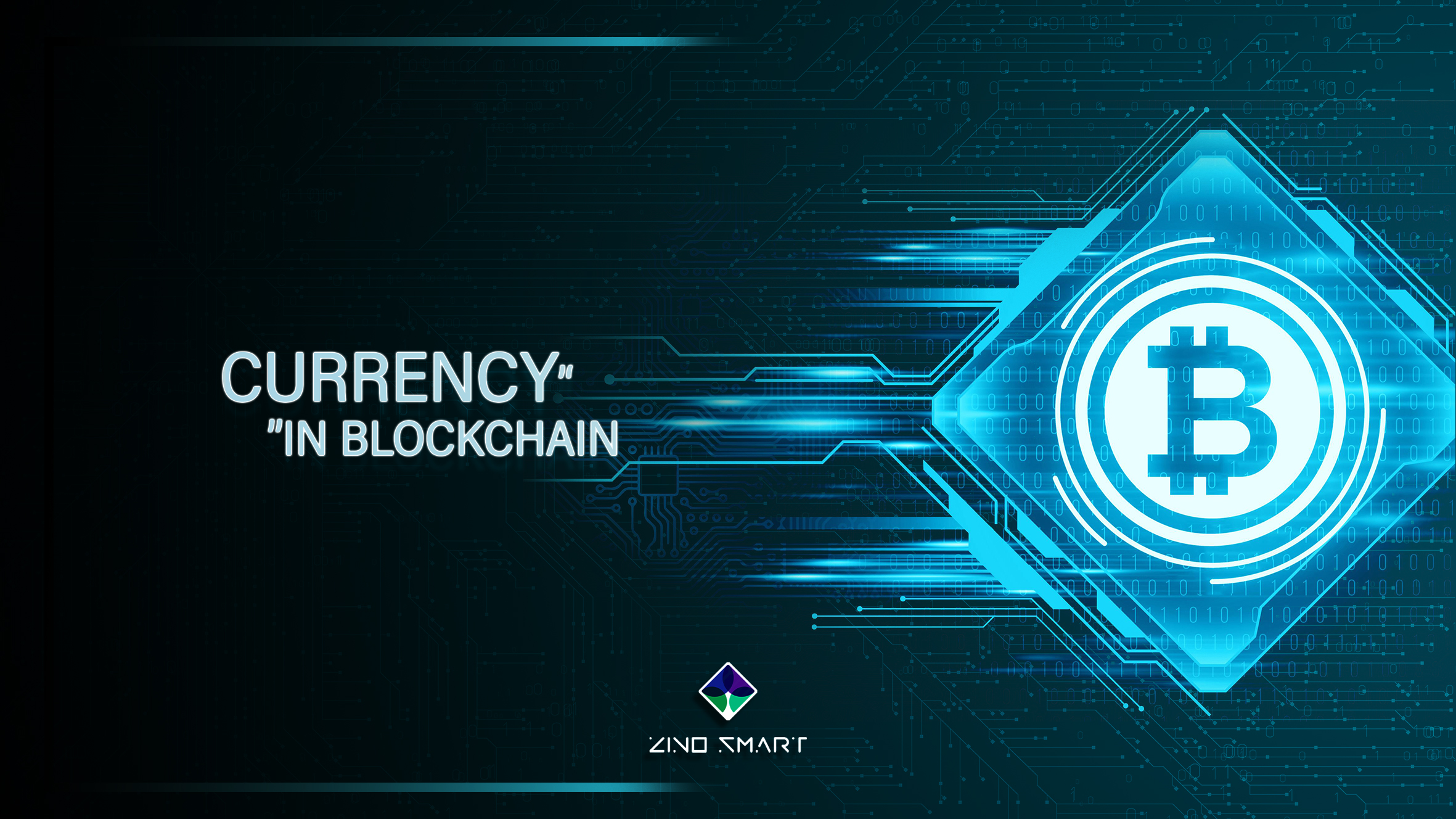Currency in blockchain: Blockchain forms the bedrock for cryptocurrencies like Bitcoin.
The U.S. dollar is controlled by the Federal Reserve. Under this central authority system, a user’s data and currency are technically at the whim of their bank or government.
If a user’s bank is hacked, the client’s private information is at risk.
If the client’s bank collapses or the client lives in a country with an unstable government, the value of their currency may be at risk. In 2008, several failing banks were bailed out—partially using taxpayer money.
These are the worries out of which Bitcoin was first conceived and developed.
Currency in blockchain
By spreading its operations across a network of computers, blockchain allows Bitcoin and other cryptocurrencies to operate without the need for a central authority. This not only reduces risk but also eliminates many of the processing and transaction fees.

It can also give those in countries with unstable currencies or financial infrastructures a more stable currency with more applications and a wider network of individuals and institutions with whom they can do business, both domestically and internationally.
wallets
Using cryptocurrency wallets for savings accounts or as a means of payment is especially profound for those who have no state identification. Some countries may be war-torn or have governments that lack any real infrastructure to provide identification.
Citizens of such countries may not have access to savings or brokerage accounts—and, therefore, no way to safely store wealth.
Healthcare
Healthcare providers can leverage blockchain to securely store their patients’ medical records. When a medical record is generated and signed, it can be written into the blockchain, which provides patients with the proof and confidence that the record cannot be changed.
These personal health records could be encoded and stored on the blockchain with a private key, so that they are only accessible by certain individuals, thereby ensuring privacy.



